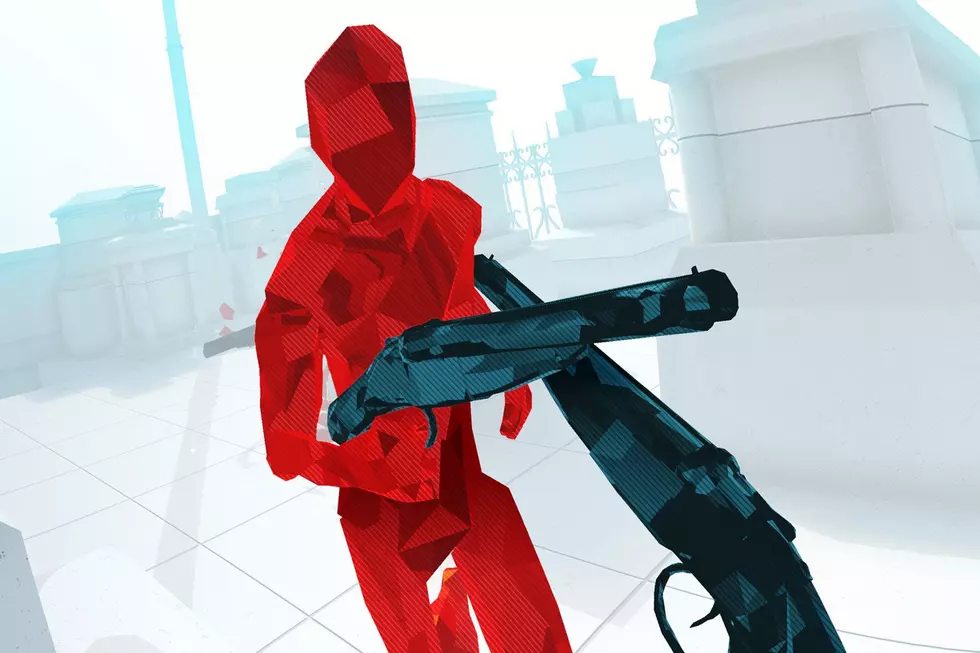Alien: Isolation Developer Diary – Staying True to Ridley Scott’s Visions of the Future
It isn't 'Alien' without the clunky and loud technology of the future envisioned from the 1970s.
This developer diary for Alien: Isolation shows how far Creative Assembly has gone for the sake of staying true to the futuristic, yet retro, technology used in Ridley Scott's original 'Alien' film. One of the main aspects of 'Alien' that enticed audiences back in 1979 was its sluggish technology that seemed like an evolved form of the computing capabilities and NASA equipment from the late 1970s. Sure, audiences have seen spaceflight by this time thanks to Kubrick's '2001: A Space Odyssey,' but that technology was inaccurate and wasn't reflective of the times. 'Alien,' on the other hand, took what was available in the late 1970s and took it all to the future, which is why the first hour of the film focused primarily on the Nostromo, and this is what Creative Assembly wants to present to its players.
Accurately described as "lo-fi sci-fi," Creative Assembly went to great lengths for the sake of staying true to the original tech of 'Alien.' For example, all of the monitors and computer screens you will see in Alien have huge back-ends to them, indicating that they are cathode-ray tubes and not LCD screens. Creative Assembly wanted to reduce the amount of game UI as possible, but the few times you are reminded that "Alien: Isolation is a video game," you will experience distortions that are true to the late 70s. One example of this would be the monitor screens of Alien: Isolation reflecting interference or signal disruption. Creative Assembly actually recorded alpha footage featuring the original, on-screen image, record this footage onto a VHS, warped the cassette tape and played it on a VCR with broken cords in order to recreate the interference effect.
Alien: Isolation is expected for a late 2014 release for PlayStation 3, PlayStation 4, Xbox 360, Xbox One and PC.
More From Arcade Sushi









